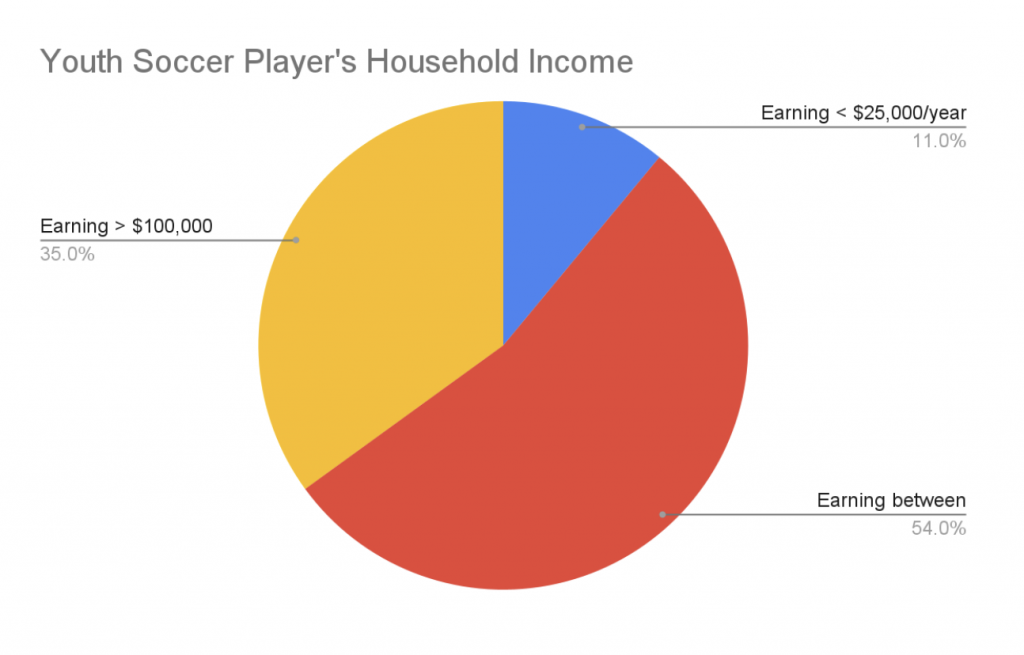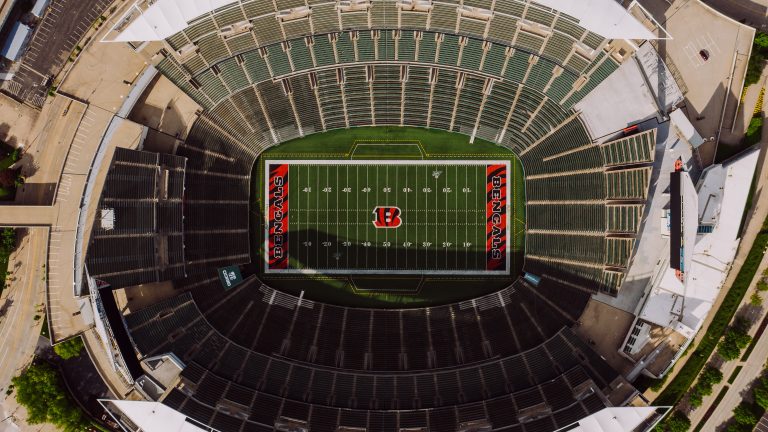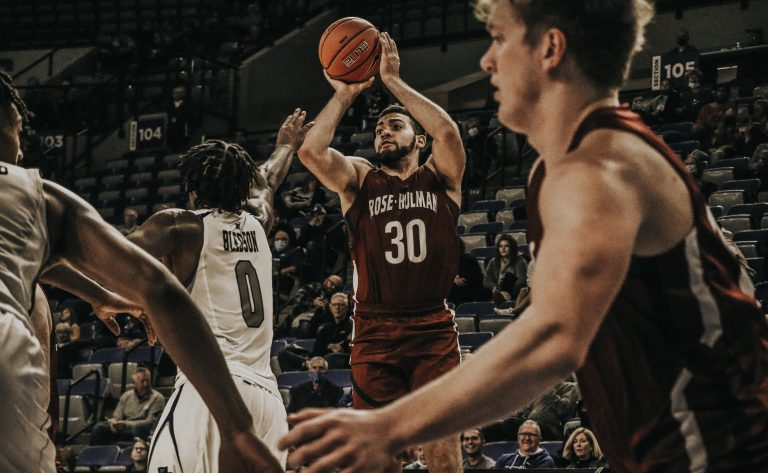How the Youth Pay-to-Play is Hurting US Soccer
All around the world, young children play soccer. From the poorest countries to the richest, soccer (known as football everywhere else in the world) unites the world around a common passion. Regardless of the language barriers that players may have, they can communicate through sport. And regardless of one’s socioeconomic status, all someone needs to play soccer is a ball. Many of the best players to ever play soccer come from humble backgrounds. Kids who come from nothing can, and often do, succeed in soccer in places like South America, Europe, and Africa. However, the United States has a barrier of entry to its youth soccer system that prevents talented children from reaching their full potential: that barrier is money.
What is Europe’s Youth-to-Pro Soccer Structure?
In Europe, professional clubs supply their local area with youth programs. The professional clubs fund most, if not all of the cost of a young player to play for the club. These clubs see this as an investment of their future professional players. The best clubs in the world rely on their academies to supply talented, young players. These youth players can eventually make their way into the first-team squad at their club. In the US, however, this is often not the case. The pay-to-play structure of US soccer is a problem that continues to affect the success and diversity of the sport.
What is Pay-to-Play?
Pay-to-play is a term used to describe how the US youth soccer system works. In the United States, youth club teams are funded by the parents of the players, not the club teams themselves. Thus, if a young player tries out for a travel club team, makes it, but cannot afford the fees, he can’t join. According to an article by Yahoo Sports, registration fees alone at many top youth clubs are four figures. These fees don’t even include other added costs such as uniforms, transportation, equipment, and tournament fees.
The Pay-to-play system disproportionately hurts children of lower socioeconomic backgrounds, many of whom are minorities. Due to the financial barrier of entry, minority kids turn to other sports that are less expensive. In 2019, a study by Aspen Institute found that youth soccer participation costs more on average that youth tackle football participation and more than double youth flag football participation. So, in addition to football being more popular in America as a whole, it is also cheaper in the youth system than soccer.
What Does the Data Say about Youth Soccer?
According to a survey from an article in the Guardian, young players from households earning less than $25,000 a year amounted to 11% of boys and girls in registered clubs. Meanwhile, 35% of boys and girls in registered clubs come from households earning over $100,000 a year.

In an article by the Guardian, Former midfielder of the USMNT, Taylor Twellman, said that US soccer is “too exclusive, not inclusive” and that “most – if not all – MLS academies aren’t pay-to play. The question is, what do you do in all the other non-MLS markets?.” The MLS has 28 teams scattered throughout the United States, primarily in large major cities. But many kids don’t live in these larger markets and can’t join these MLS academies due to their location. These kids are beholden to a system where if you don’t have enough money, you can’t play. Many of the kids who suffer from this structure are minorities, which further promulgates the idea of soccer in the US being a white, “middle class” suburban sport.
Zlatan Ibrahimovic Comments on US Youth Soccer
Former LA Galaxy player and world-renowned Swedish striker Zlatan Ibrahimovioc has criticized the pay-to-play system in American youth soccer. In an interview with GQ magazine in 2019, Zlatan commented, “It has to be said that the sport is expensive, very expensive. For example, in order for my children to play in a good football team, I have to pay $3,500 per child. It’s not for the figure, but for the whole concept”. Zlatan makes millions of dollars per year to play soccer, so he can afford the fees. But he knows that many Americans can’t. Having played mostly for professional clubs in Europe, he knows that the US has much-undiscovered talent in soccer that they miss out on due to the financial barrier to the sport.
How can US Soccer increase Diversity in National Teams?
While the USMNT has become more diverse in recent years, many players of color come from European countries. They play for the USMNT because one of their parents is a US citizen, but they grew up overseas. While the increased diversity of the USMNT is a great accomplishment, we need to allow young players of color to come through the ranks of the youth soccer system inside of the US. Young minority athletes shouldn’t choose American football or basketball over soccer because it’s cheaper to play. They should chose the sport they love to play. No child should be beholden to their parent’s checkbook to play a sport.
Conclusion
Addressing this issue is complex, but there are places where we can start. One place for improvement is financial aid programs for players who can’t afford the cost of playing club soccer. While a growing number of youth clubs are developing this type of aid, there are not enough. Until the youth soccer system is overhauled, we have to allow support to be given to talented young players who deserve to be on the field because of their skills, not because of the money that their parents have or don’t have.






